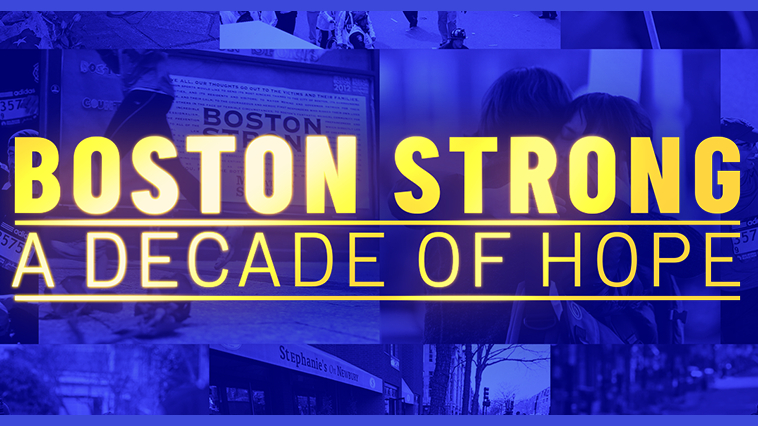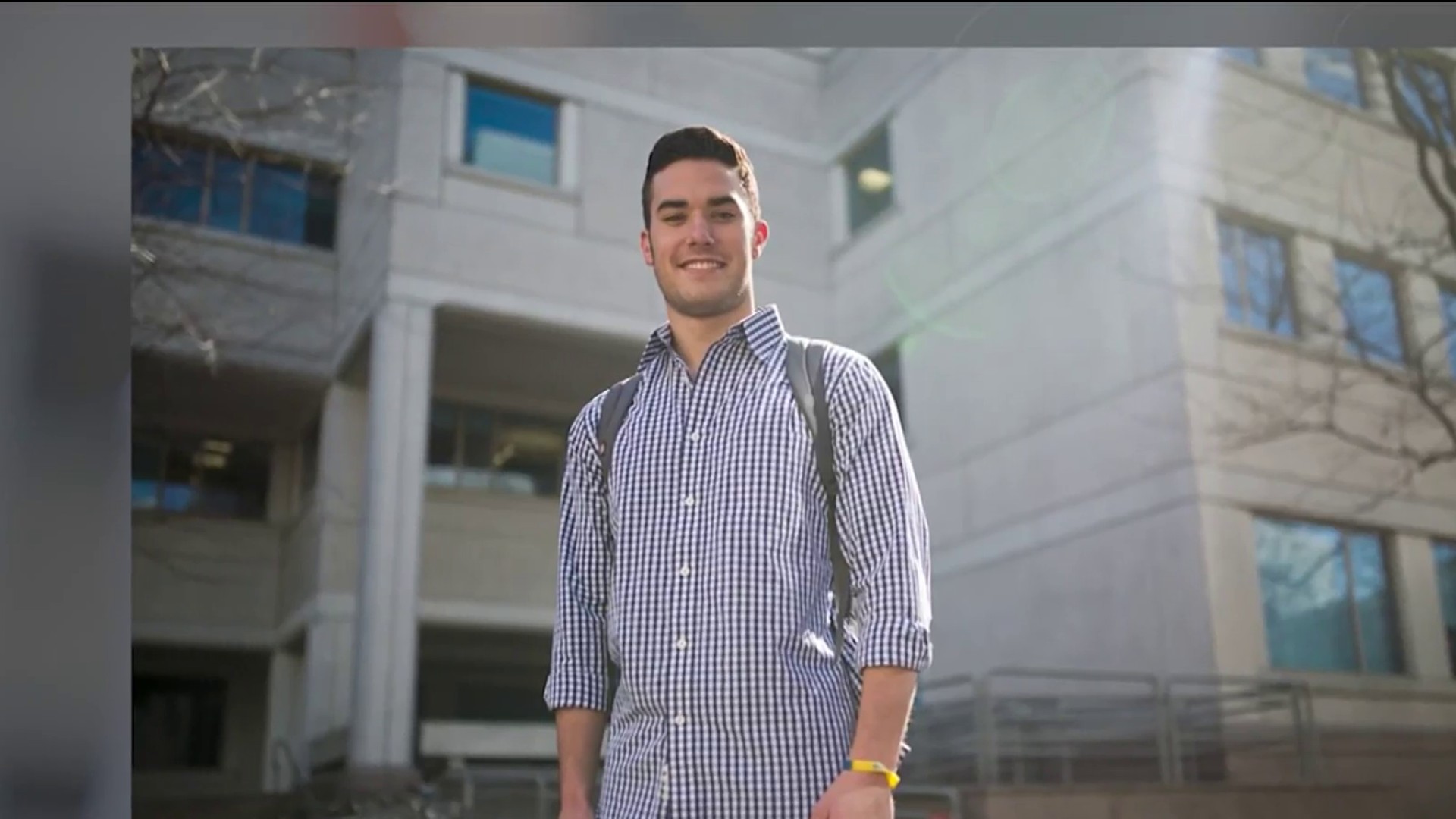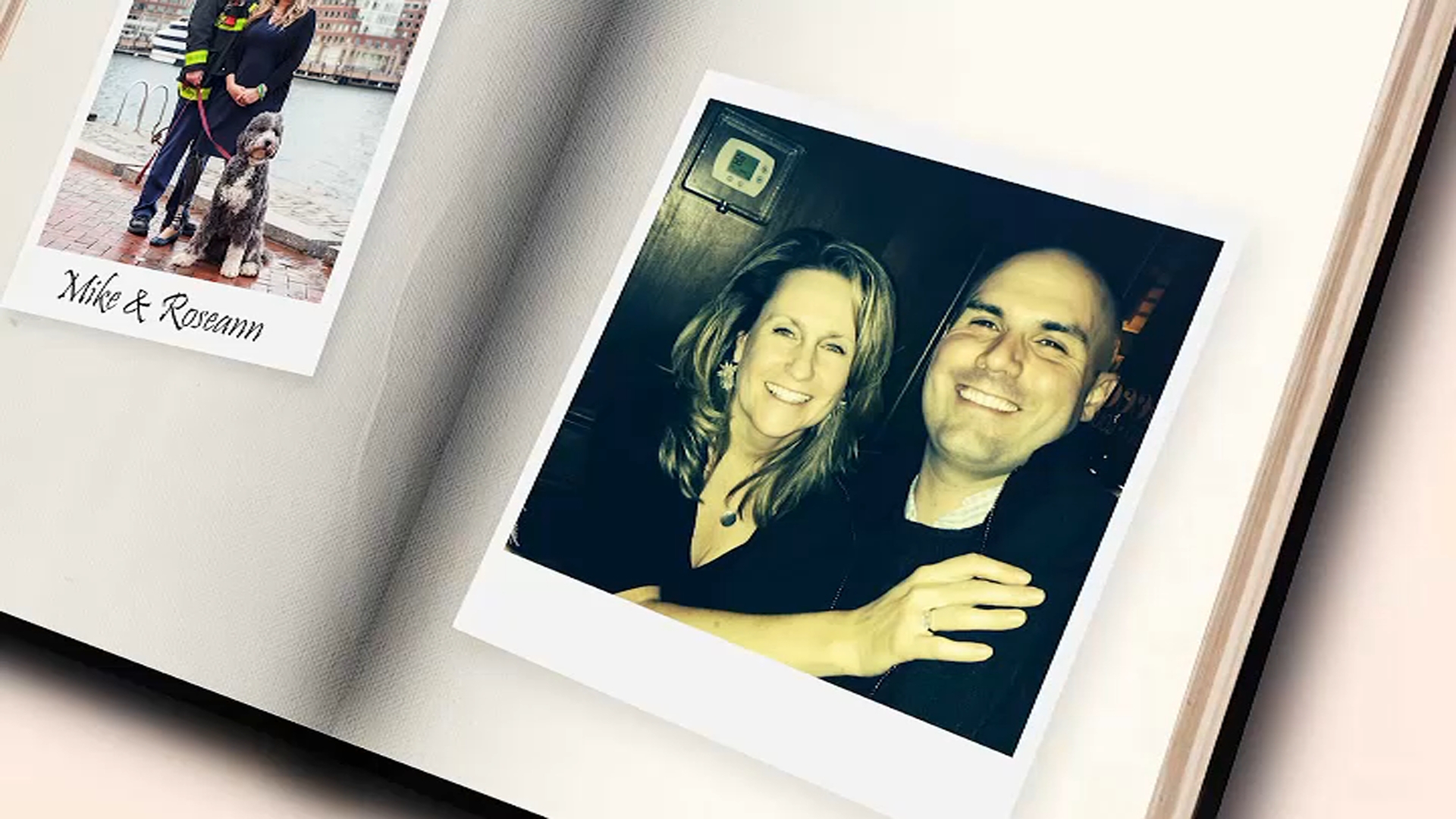It’s been a decade since former Massachusetts Gov. Deval Patrick helped the Commonwealth navigate the chaos of a terror attack, but those frantic five days in April 2013 are never far from his memory.
"We have this sort of tidy account of it and a kind of certainty that did not characterize almost anything of that week," Patrick said. "It feels distant and like yesterday at the same time."
Patrick has vivid memories of that unseasonably warm April day. He had been at the marathon in the morning to crown the winners, a responsibility usually reserved for the mayor of Boston. Patrick was filling in for the late Tom Menino, who was hospitalized at the time. As he left the Back Bay to head to his garden he received a call from his daughter. She was just a few blocks away from the finish line on Boylston Street.
"She said, 'Dad, I just heard a big boom and everybody's running. What's going on?'"
Get Boston local news, weather forecasts, lifestyle and entertainment stories to your inbox. Sign up for NBC Boston’s newsletters.
After hanging up with his daughter, Patrick received a second call from Kurt Schwartz, the head of the Massachusetts Emergency Management Agency.
"He was always a rock and calm and cool as a cucumber. He was rattled. He said, 'Governor, I've never seen anything like this. There are body parts all over the street. I don't know if it was a gas explosion or what happened, but you better get down here.'"
Those phone calls would mark the beginning of what is perhaps Patrick's most significant period as governor. Ten years later, as he sat in a conference room at the Harvard Kennedy School where he now serves as professor of the practice of public leadership and as co-director of the Center for Public Leadership, Patrick recalled what memories and moments stick with him.
"There's so many ways in which we look back on that time and we think about two bombs, two guys, two terrorists, needles in a haystack found in 100 hours. It's so clear and straightforward," he said. "We didn't know, first of all, that they were bombs. When we did learn that they were bombs, we didn't know how many. We didn't know how many people were involved, how widespread this spanned."
More than 200 people were hurt after two explosions near the finish line. Patrick said he's never seen such carnage, and the images sometimes come flooding back.
"You can't unsee some of the stuff I saw out on out on Boylston Street. There's a solemnity about that crime scene that we have to respect. I think that sticks with me. It's hard not to see those images over and over again."
Over the next five days Patrick would participate in multiple press conferences, numerous security briefings, and make a number of tough decisions based on the input of the "alphabet soup" of local, state, and federal agencies who descended upon Boston to track down the bombers.
"We put heads together right at the beginning and said, 'Look, you all have something to do here in terms of the law enforcement part and in solving this crime, but one agency has to be in charge. You guys and gals can decide who it is, but we're going to decide that right now.'" Patrick recalled. "They settled on the FBI. They were pretty coherent. They stuck together. The FBI was in charge, but everybody had a contribution to make and they made their contribution."
Patrick said one of the toughest decisions he had to make was publicly releasing the photos of the bombers. He was confident in law enforcement's assessment that they had identified the right suspects, but he worried about what would happen once the public saw their photos.
"There was a risk of people turning on one another rather than to one another. The risk of folks seeing anybody who is a little brown or a little swarthy as a suspect, or anybody who has a foreign-sounding name, whatever that means, as a suspect. We've seen that kind of thing happen all over the world and it didn't happen here."
Another tough call that still resonates with the former governor was the shelter-in-place request he made as law enforcement went door-to-door in Watertown searching for the second suspect. He said there is a misconception that's formed over the last decade about that request.
"There never was an order. One of the things I reflect on is, you know, just who had the authority to do what. It's not clear. Right? There was a need for leadership, but it's not really clear what happens at a time like this. I asked people to shelter in place because we got a bunch of information, mostly the public doesn't know about, that went beyond the neighborhood in Watertown that was being searched door-to-door," he said.
The shelter-in-place request was at the start of what Patrick said was one of his lowest points during the manhunt. He had asked people to stay home so law enforcement could find the second bomber, but they did not find anything so the request was lifted.
"We tried real hard and come up with nothing. There was a good faith that the public had in all of us and how we were managing it. It felt like that could have been jeopardized just then," he remembers. "We couldn't ask, and wouldn't ask, people to shelter in place anymore. But we couldn't say we were giving the all clear because we didn't know. And I wasn't quite sure how to explain that."
During those five days Patrick said there were only a few moments when he could take some time to himself, and gather his thoughts. But during the interfaith service held after the bombings, he said he managed to take a breath. Seeing late mayor Tom Menino leave the hospital and rise from his wheelchair to address the throngs of Bostonians who had come together to pray for the victims was an inspiring and indelible moment for Patrick.
"The mayor came out of the hospital and, frankly, just the symbolism of him lifting himself out of his wheelchair to address the city that he cares so much about. He understood the importance of showing up, being present. He loved this city and the city loved him back."
Once the second bomber was apprehended Patrick headed to the Berkshires, only to be called back while on the drive to attend a Red Sox game where law enforcement and first responders were being honored. By then, #BostonStrong was already a common colloquial in Boston. Ten years later the former governor said those two words mean so much more.
"What Boston Strong means most of all to me is that, it did then and it does now, we actually saw what that meant and lived it. We know we have that in us," he said. Whether we are in fact a village or the world-class city we have become, we understand we actually do have a stake in each other and we can step up and live that."




